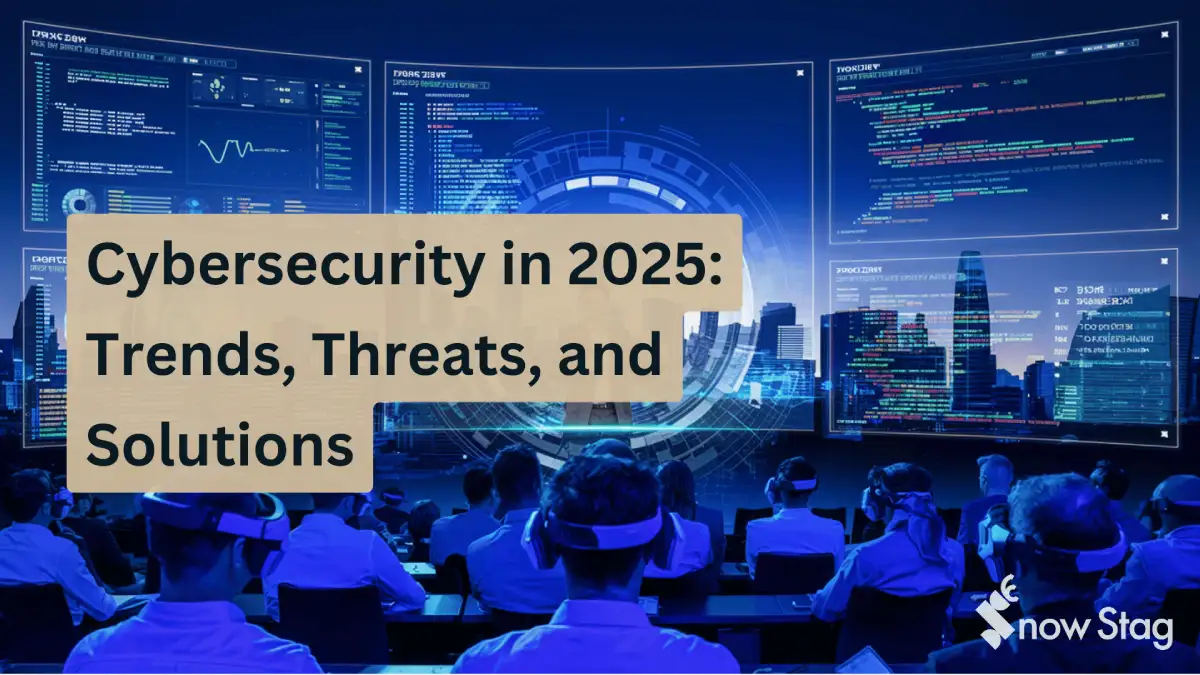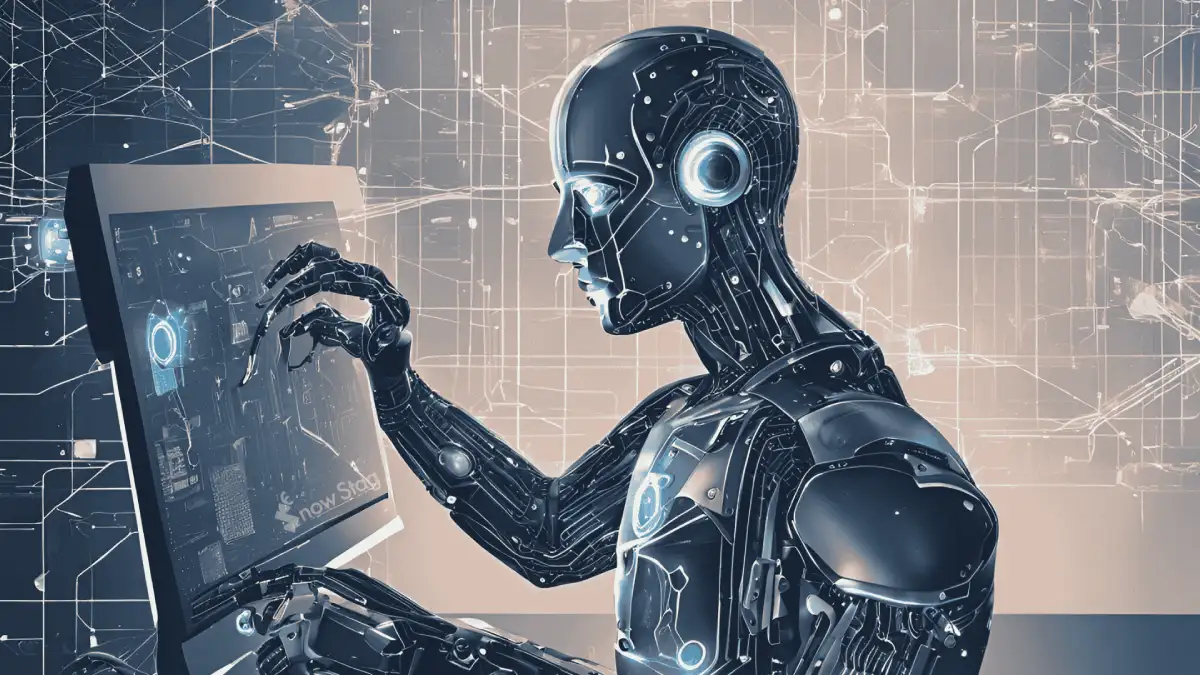Introduction
Cybersecurity is evolving rapidly as technology advances and cyber threats become more sophisticated. In 2025, businesses and individuals must be more vigilant than ever to protect their digital assets. From AI-driven cyberattacks to quantum computing threats, staying ahead in the cybersecurity landscape is crucial. This article explores the top cybersecurity threats, emerging technologies, and best practices to safeguard digital systems in 2025.
Emerging Cyber Threats in 2025
AI-Powered Cyber Attacks
Cybercriminals are increasingly using artificial intelligence to develop advanced malware and automated phishing attacks. AI-driven cyber threats can bypass traditional security measures, making them more dangerous and difficult to detect. Organizations must implement AI-driven cybersecurity solutions to stay ahead.
Ransomware Evolution
Ransomware attacks are becoming more sophisticated, targeting critical infrastructure like hospitals, power grids, and financial institutions. Attackers demand higher ransoms, leveraging advanced encryption techniques. Regular data backups, robust endpoint protection, and cybersecurity awareness training can mitigate these risks.
Quantum Computing Threats
Quantum computing has the potential to break current encryption algorithms, posing a significant risk to cybersecurity. Organizations need to adopt quantum-resistant cryptographic methods to secure sensitive data and prevent future breaches.
IoT Vulnerabilities
With the rise of smart homes, industrial IoT, and connected devices, cybercriminals have new attack surfaces to exploit. Unsecured IoT devices are prime targets for cyberattacks, leading to data breaches and system compromises. Businesses should prioritize IoT security by updating firmware, implementing network segmentation, and using strong authentication methods.
Social Engineering and Deepfake Attacks
Hackers are using AI-powered deepfake technology to create convincing fake videos and voice recordings to manipulate individuals and organizations. These attacks can be used for financial fraud, corporate espionage, and identity theft. Employee awareness and verification protocols are essential in countering such threats.
Cutting-Edge Cybersecurity Technologies
AI and Machine Learning in Cyber Defense
AI-powered cybersecurity tools analyze patterns and detect anomalies in real time, enhancing threat detection and response. Machine learning algorithms improve over time, providing proactive security against evolving cyber threats.
Zero Trust Security Model
The Zero Trust model eliminates the traditional notion of trusted internal networks. It requires continuous verification of users and devices before granting access to sensitive data. Implementing Zero Trust reduces the risk of insider threats and unauthorized access.
Blockchain for Cybersecurity
Blockchain technology enhances security by providing decentralized and tamper-proof records. It is being used for secure transactions, identity verification, and supply chain security. Blockchain’s immutable ledger ensures data integrity and prevents fraud.
Post-Quantum Cryptography
To counter quantum computing threats, researchers are developing quantum-resistant cryptographic algorithms. Organizations should start transitioning to quantum-safe encryption to protect sensitive information.
Extended Detection and Response (XDR)
XDR integrates multiple security tools to provide a holistic view of cyber threats. It enhances threat detection, incident response, and remediation, making it a critical tool for organizations looking to strengthen their cybersecurity posture.
Government Regulations and Compliance
Stricter Data Privacy Laws
Governments worldwide are enforcing stricter data privacy regulations, such as GDPR, CCPA, and new cybersecurity laws in 2025. Companies must stay compliant to avoid hefty fines and legal consequences.
Cybersecurity Policies for Critical Infrastructure
With the increasing cyber threats to essential services, governments are implementing new policies to secure power grids, healthcare systems, and financial institutions. These policies emphasize proactive threat management and collaboration between private and public sectors.
Cybersecurity Best Practices for Businesses and Individuals
Strengthening Password Security
Using strong passwords and multi-factor authentication (MFA) significantly enhances security. The shift towards passwordless authentication using biometrics and authentication apps is gaining traction in 2025.
Employee Training and Awareness
Human error remains one of the biggest cybersecurity risks. Organizations should invest in cybersecurity awareness training to educate employees on recognizing phishing attempts, social engineering attacks, and security best practices.
Regular Security Audits and Updates
Performing regular security audits helps organizations identify vulnerabilities and strengthen their defenses. Keeping software and systems up to date ensures protection against newly discovered threats.
Conclusion
As cyber threats become more sophisticated, businesses and individuals must take proactive steps to enhance cybersecurity. Implementing AI-driven security solutions, adopting Zero Trust models, and staying updated on emerging threats will be critical in 2025. By investing in robust cybersecurity strategies, organizations can protect their data, reputation, and operations from evolving cyber risks.
FAQs
- What are the biggest cybersecurity threats in 2025?
AI-powered cyberattacks, ransomware evolution, IoT vulnerabilities, deepfake fraud, and quantum computing threats. - How is AI impacting cybersecurity?
AI enhances threat detection and response while also being used by hackers for automated cyberattacks. - What industries are most vulnerable to cyberattacks in 2025?
Healthcare, finance, energy, and government sectors are prime targets due to their critical data and infrastructure. - What can individuals do to protect themselves online?
Use strong passwords, enable MFA, avoid clicking on suspicious links, and stay informed about cybersecurity threats. - How are governments addressing cybersecurity challenges?
Governments are enforcing stricter regulations, enhancing cybersecurity policies, and promoting public-private partnerships to combat cyber threats.
Take Your Cybersecurity to the Next Level
At Snow Stag, we provide cutting-edge cybersecurity solutions tailored for businesses of all sizes. Whether you need penetration testing, compliance auditing, endpoint security, or managed IT services, our experts are here to safeguard your digital assets. Don’t wait until it’s too late—contact us today to fortify your cybersecurity defenses!


